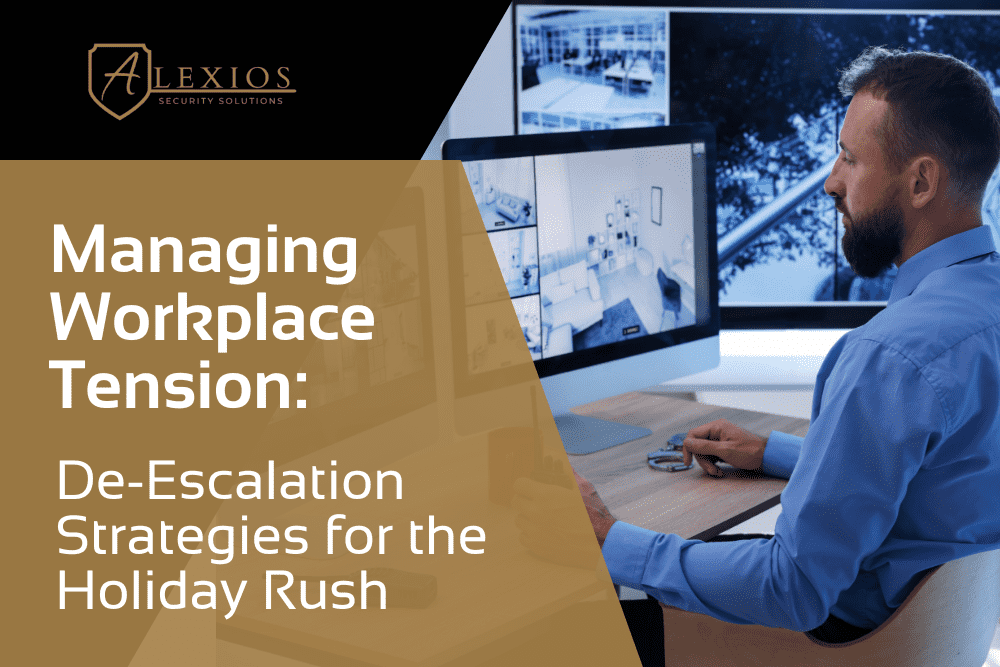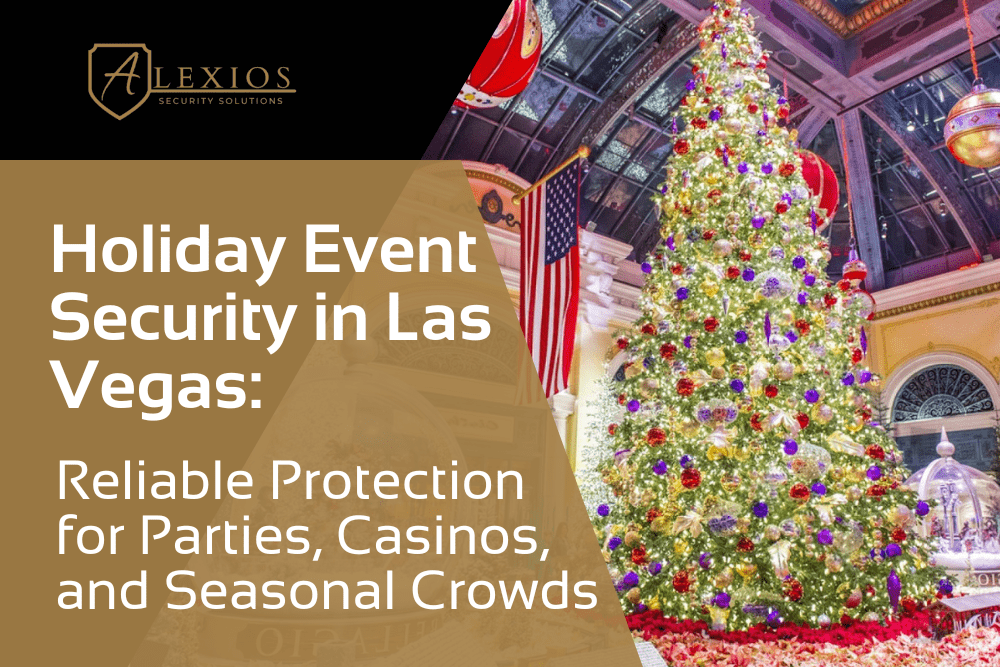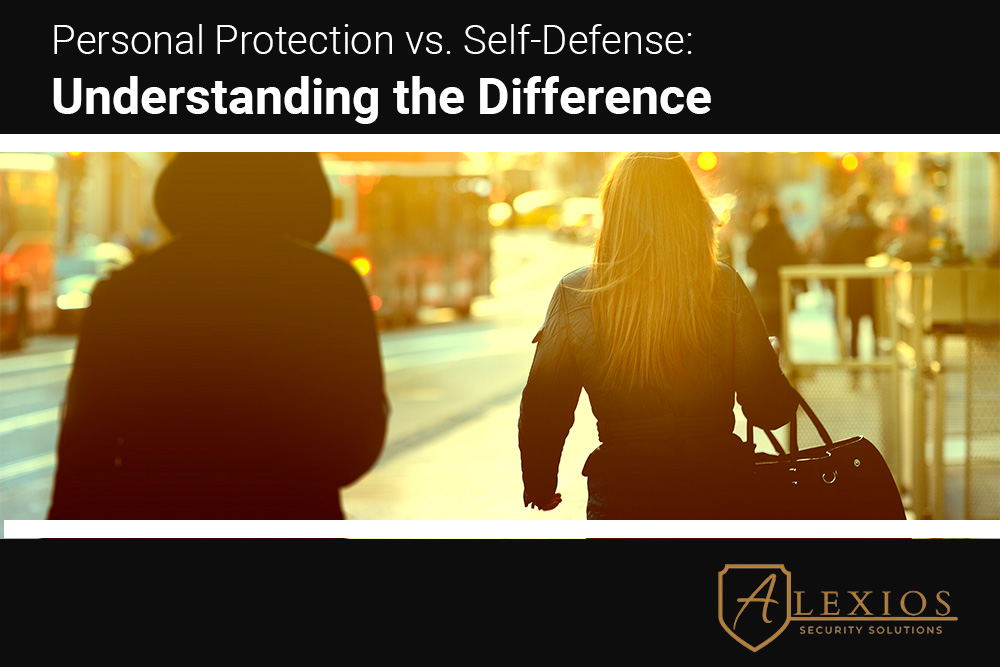
Personal protection and self-defense are two very important concepts when it comes to keeping ourselves safe. However, although the two concepts are related, they are also quite different. Let’s take a look at both of these ideas; then, we’ll discuss the similarities and differences between the two, including how personal protection means preparation and awareness before danger arises.
What is Self-Defense?
Self-defense is a series of techniques and strategies used during an attack that are designed to protect the victim. It can take many forms, such as the use of weapons in the event of an attack, like pepper spray or a knife, or using martial arts training like karate. It is generally used as a last resort when all other solutions and preventative measures have failed.
This concept is often recognized by law enforcement as an immediate reaction to danger, and proper documentation when documenting for self protection may be required in cases involving injury or confrontation. In the personal defence world, understanding defense vs protection is critical when assessing legality and intent.
What is Personal Protection?
Personal protection means preparing oneself for potential risks before they occur. It is the art of prevention and awareness, anticipating threats, and building habits that reduce exposure to danger, especially for individuals learning how to self protect in everyday environments.
This can also take many forms, like always carrying pepper spray or a knife, having a plan of action in case a situation arises, or studying martial arts to support self-protection readiness. In defense vs protection discussions, this stage focuses on planning and preparation rather than reaction.
Professionals in safety and security fields often maintain records when documenting for self protection, similar to structured records used in counseling or compliance settings. In the personal defence world, these records support accountability, preparation, and continuity of care.
What Are the Differences and Similarities?

The two concepts are related because they both involve taking steps to protect both ourselves and those we love. They are two halves of the same circle or, perhaps more accurately, represent a Venn diagram with the overlapping piece containing ideas or strategies that can be used for both purposes.
The main difference is the timing between the two, which can be seen in their names. One of them is about protecting yourself from a potential attack before it happens, and the other is about defending yourself once the attack has begun. To use our above examples, you can protect yourself from danger by carrying pepper spray on your belt, which will help you to defend yourself by spraying a potential attacker.
The next question you might have is “Which one is better or more important?” This is a trick question because both are extremely important and can work in tandem (like in our pepper spray example) to keep you protected no matter what happens.
If uncertainty arises, consult a counselor colleague before deciding how to record or communicate your safety measures. Like major types of records in therapy that include the history of diagnosis treatment, maintaining an accurate history of diagnosis or incidents of danger helps track progress and improve decision-making during crises.
Preparing for a Potential Situation
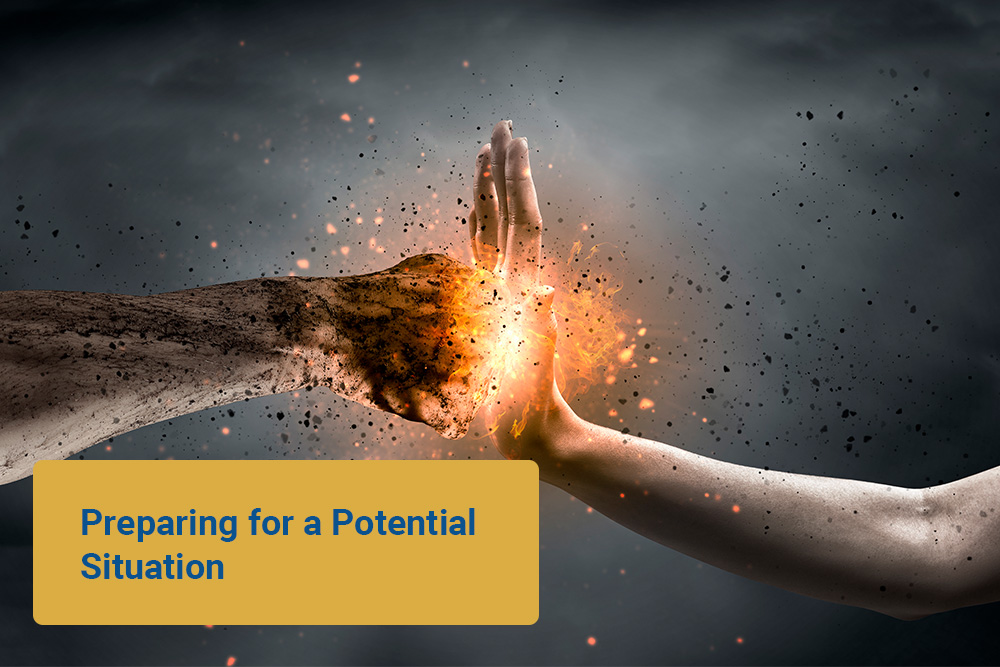
Self-protection begins with preparation. There is always a certain amount of planning that can be done to stop or de-escalate a situation once it begins, but, as the former heavyweight boxer Mike Tyson famously once said, “Everybody has a plan until they get hit in the mouth.” This doesn’t mean you shouldn’t mentally prepare, of course, but you should be aware that even the best plans might not always be executed perfectly.
On that note, the most important thing to keep in mind is to stay calm and do everything you can to manage stress. Even though you’re in a bad situation, getting upset or hysterical isn’t going to help. In fact, that’s when people are most likely to make mistakes or act impulsively, which is potentially the worst thing to do. Keeping focus will help you think clearly and find a way out.
Not placing yourself in avoidable danger is the first step. Although it may seem obvious, this mindset is foundational in the personal defence world and frequently reinforced by law enforcement and security professionals.
Additionally, it can be an excellent idea to take a security training course, particularly one that focuses on protecting the home. Having a secure home is an essential part of personal protection and can be a valuable asset if a situation develops. Professionals in law enforcement and private security often stress that personal protection means awareness and prevention before reaction.
Undertaking karate or other martial arts training can be a good idea if the attacker has a knife, although that also won’t work in every possible situation. Each situation will require its own unique response, and being prepared for anything is perhaps the best safety tip in and of itself.
The next question you might have is “Which one is better or more important?” This is a trick question because both are extremely important and can work in tandem (like in our pepper spray example) to keep you protected no matter what happens. Defense vs protection is not a matter of one over the other it’s about readiness in both mind and action for self-protecting against real-world risks.
Fight, Flight, or Something Else?

Psychologists often talk about the “fight or flight response,” a term used to describe a person’s inclination in a stressful situation to either run away or fight back. However, the reality is a bit more nuanced, and there are multiple other options to consider. It’s a good idea to know which option you’d choose before a situation arises.
Imagine the classic Hollywood scenario of someone being held at knifepoint in an alley by a mugger who demands that his victim hands over his wallet. Although it happens quite often in movies, it’s significantly less likely in real life, but still provides us with a perfect example for this thought experiment.
In this situation, the victim has four options:
-
They can fight back against their attacker.
-
They can yell for help.
-
They can run away.
-
They can simply hand over their wallet.
Each of these has its own distinct set of advantages and disadvantages, depending on other factors.
Fighting back always seems to work in the movies, but in real life, our hero could end up with a concussion and an empty wallet. Running away is always a viable strategy – unless the other fella happens to be faster. Yelling for help could work but could also spook the attacker, escalating the situation to potentially dangerous levels. Simply handing over the wallet, the path of least resistance, is often recommended, but the mugger may decide to attack anyway.
However, someone who has undertaken security training will be much better equipped in this scenario. First, they aren’t likely to get themselves into the situation in the first place. However, they will also know what to do in the event that it happens. Through their training, they’ll be prepared for any situation that arises and will know how to de-escalate a situation to avoid a physical confrontation when possible.
Be Ready For Everything
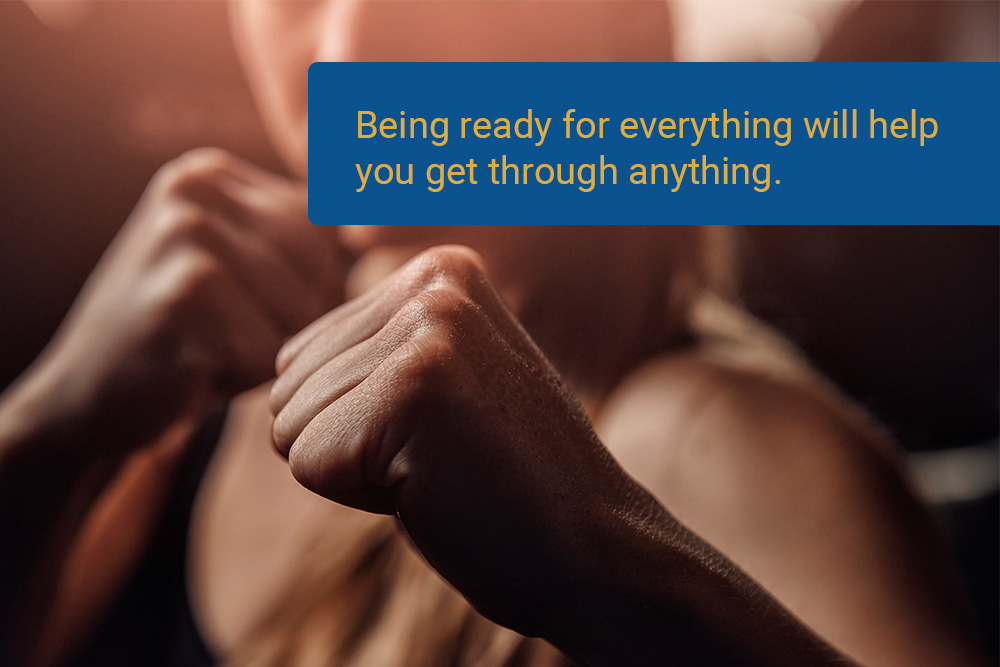
It’s also important to have a family safety plan in place. In the unlikely event that something happens to a member of the family, the other members could be at risk. Making sure everyone knows what to do in an emergency is a critical step toward making sure that everyone is safe and protected at all times.
Although these two concepts are deeply connected, one takes place before the other. However, it is important that the two be used in tandem to help avoid getting into a situation in the first place but also to make sure that, in the unlikely event that something does happen, you’ll be prepared.
It’s important to avoid putting yourself into situations that could easily go wrong, like walking alone after midnight in a bad part of town. However, even with all the preparation in the world, it’s still possible to end up in a bad situation through no fault of your own. Being ready for everything will help you get through anything.
This principle of combining proactive self-protection with reactive self-defense is central to both individual safety and professional law enforcement philosophy. Whether you’re a civilian, a professional in personal defence world fields, or someone learning how to self protect, the best outcome always comes from prevention, awareness, and preparation.




